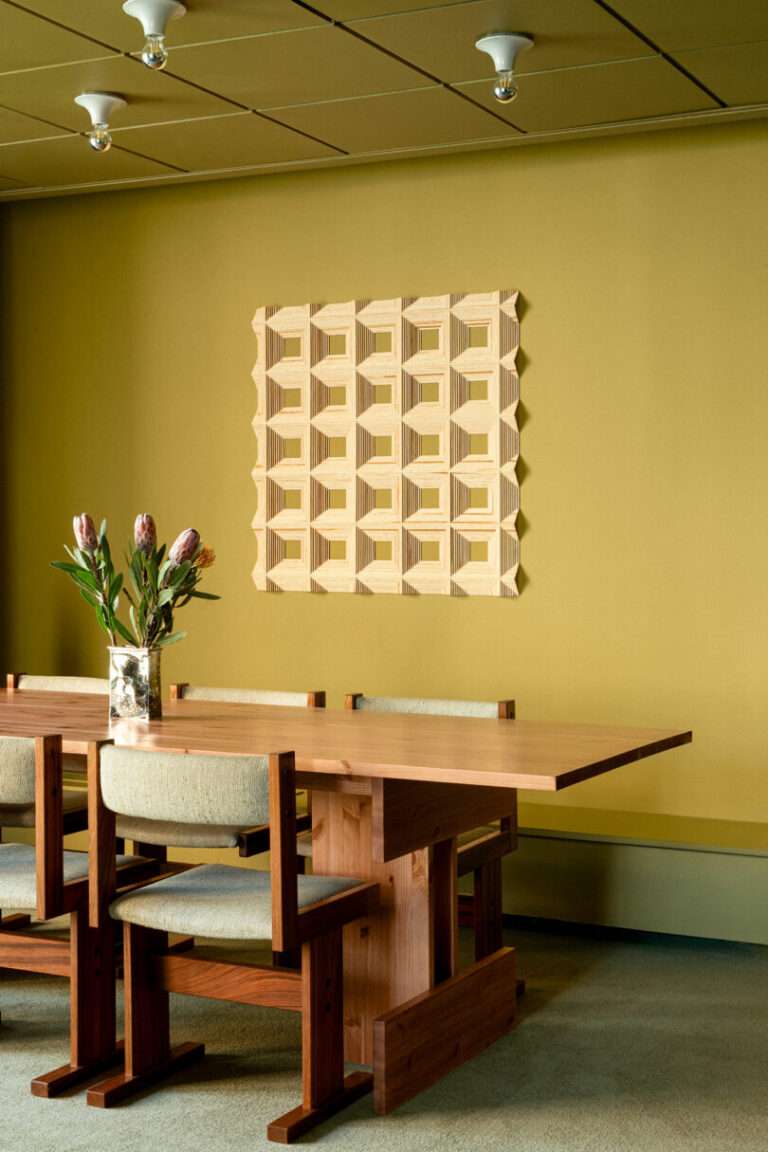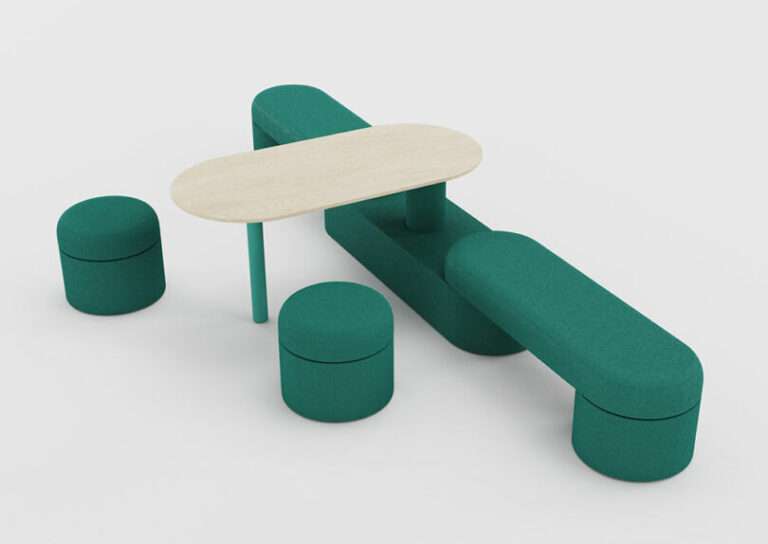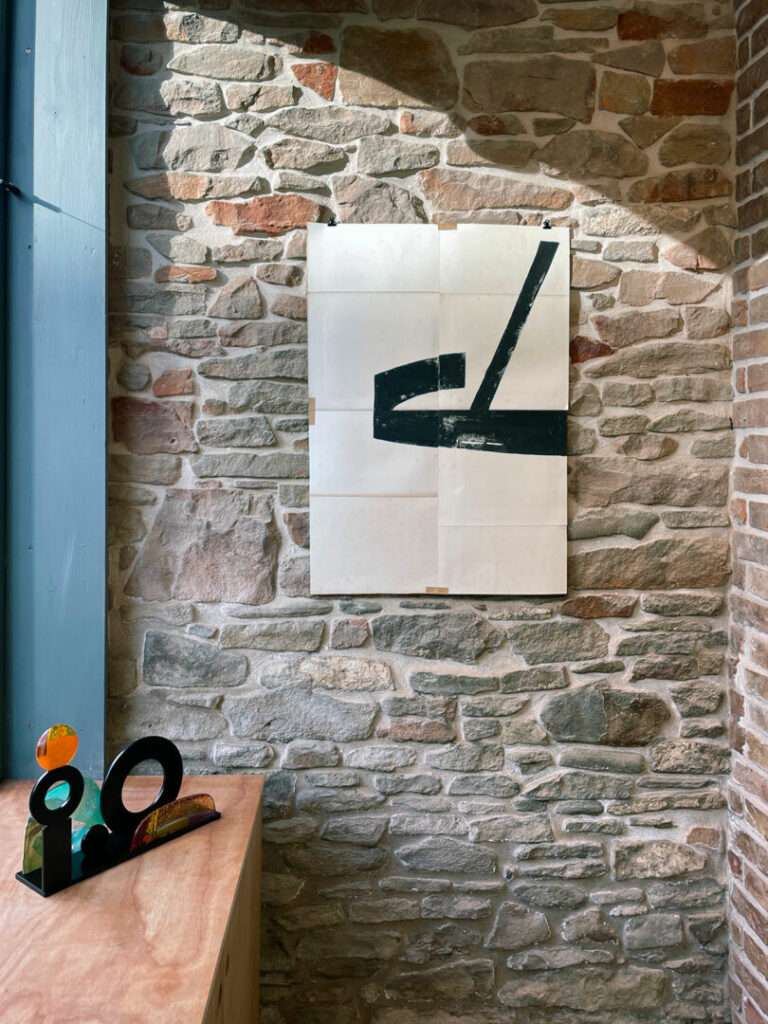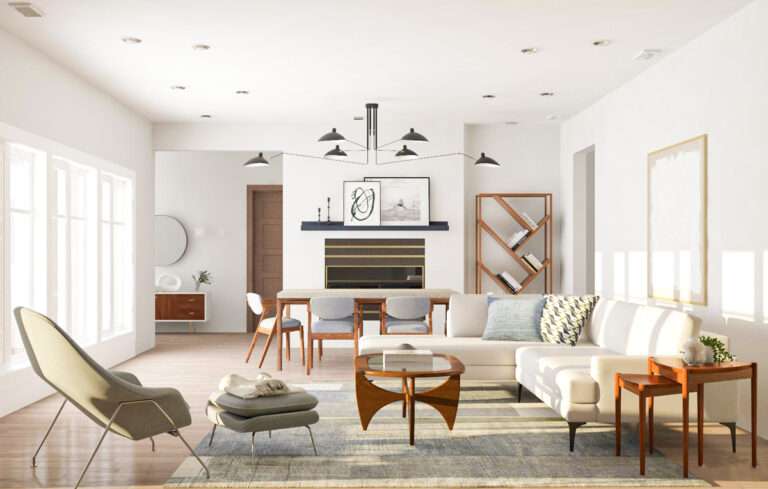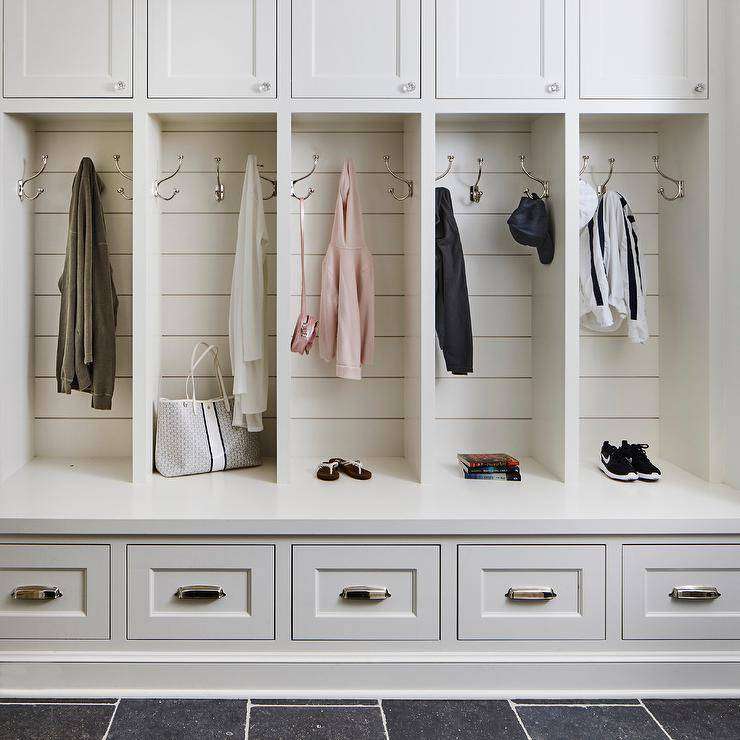A kitchen is often considered the heart of a home, and it’s no wonder why. It’s where we cook, eat, and spend time with our loved ones. As such, it’s important to have a kitchen that we love and enjoy. However, when it comes to kitchen upgrades, not all ideas turn out to be good ones. Here are 10 dream kitchen upgrades that homeowners regret.
Built-in Appliances
While built-in appliances may sound like a good idea, they can be a nightmare to replace or repair. They also tend to be more expensive than freestanding appliances, making them a poor choice for those on a budget.
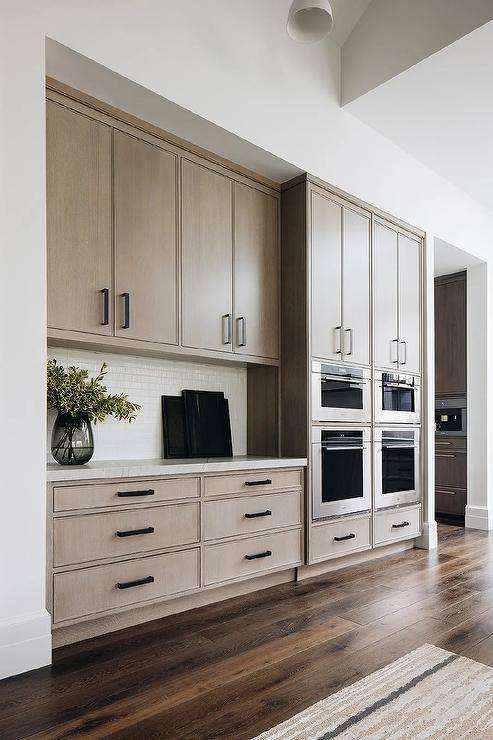
When it comes to choosing between built-in and freestanding appliances, there are a few things to consider:
- Built-in appliances can be a great choice for those who prioritize aesthetics and want their appliances to seamlessly blend in with their cabinetry and countertops. They can give a kitchen a sleek, modern look and can be especially appealing in open-concept spaces where the kitchen is visible to the rest of the living area.
- However, as mentioned earlier, built-in appliances can be more expensive than their freestanding counterparts. This is because they often require custom installation and can be more difficult to replace or repair when something goes wrong. This means that if you’re on a tight budget, freestanding appliances may be a better choice.
- Freestanding appliances are typically easier to install and can be moved around if needed. This can be especially helpful if you’re someone who likes to rearrange your kitchen frequently or if you plan on moving in the near future.
- In terms of functionality, there’s no real difference between built-in and freestanding appliances. Both types can come with all the same features and functions, so it really comes down to personal preference and budget.
- Ultimately, the decision between built-in and freestanding appliances is a personal one that depends on your individual needs and wants. Take some time to consider your budget, your design preferences, and your lifestyle before making a final decision.
Trendy Backsplashes
Trendy backsplashes can quickly become outdated, leaving homeowners with a kitchen that looks like it’s stuck in the past. Stick to classic designs and materials that will stand the test of time.
When it comes to designing a kitchen, backsplashes play a significant role in enhancing the overall look of the space. While trendy backsplashes may seem appealing at the moment, they may not be the best investment in the long run. Here are some reasons why you should stick to classic designs and materials for your kitchen backsplash:
- Timelessness: Classic designs and materials never go out of style. They have a timeless appeal that can withstand changing trends and fads. This means that you won’t have to worry about updating your kitchen every few years to keep up with the latest trends.
- Versatility: Classic backsplashes are versatile and can work with a variety of kitchen styles and decor themes. Whether you have a traditional or modern kitchen, a classic backsplash can complement the look and feel of your space.
- Resale value: If you’re planning to sell your home in the future, a classic backsplash can help increase the resale value of your property. Potential buyers are more likely to appreciate a timeless design that they won’t have to update anytime soon.
- Durability: Classic materials like ceramic, stone, and glass are durable and can withstand the wear and tear of daily use. They are also easy to clean and maintain, which is important for a kitchen backsplash.
Overall, while trendy backsplashes may seem like a fun way to add character to your kitchen, it’s important to consider the long-term implications. Stick to classic designs and materials that will stand the test of time, and you’ll have a beautiful and functional kitchen for years to come.
Bold Colored Cabinets
While bold-colored cabinets may look great in a showroom, they can quickly become overwhelming in a home. Stick to neutral colors that will complement your decor and stand the test of time.
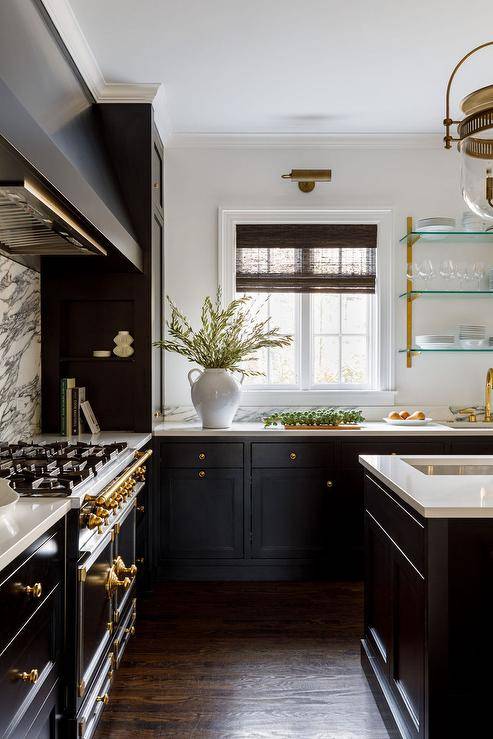
If you’re looking to renovate your kitchen, cabinets are one of the most important elements that you should consider. While bold-colored cabinets can certainly add a pop of color and personality to your kitchen, there are a few things you should keep in mind before making your decision.
Here are some factors to consider:
- Bold-colored cabinets can quickly become overwhelming in a home, especially if you have a lot of other colorful elements in your kitchen. If you’re set on having colorful cabinets, consider using them as an accent piece rather than the main focal point.
- If you’re going for a timeless look, it’s best to stick to neutral colors that will complement your decor. Shades like white, cream, and gray are classic choices that will never go out of style.
- Neutral cabinets are also more versatile, as they can be easily updated with new hardware or a fresh coat of paint if you decide to change up your decor in the future.
- Another advantage of neutral cabinets is that they create a clean and cohesive look, which can be especially important if you have an open-concept kitchen that flows into other areas of your home.
- That being said, if you’re drawn to bold colors and want to incorporate them into your kitchen, there are ways to do so without going overboard. Consider using colorful accents like backsplash tiles, bar stools, or even a brightly colored range hood to add interest to your space.
Ultimately, the decision to go for bold or neutral cabinets comes down to personal preference and the overall style of your home. Just remember to consider factors like longevity and versatility when making your choice.
Open Shelving
Open shelving may look great in magazines, but in reality, it can quickly become a magnet for dust and clutter. Stick to closed cabinets for a cleaner, more organized look.
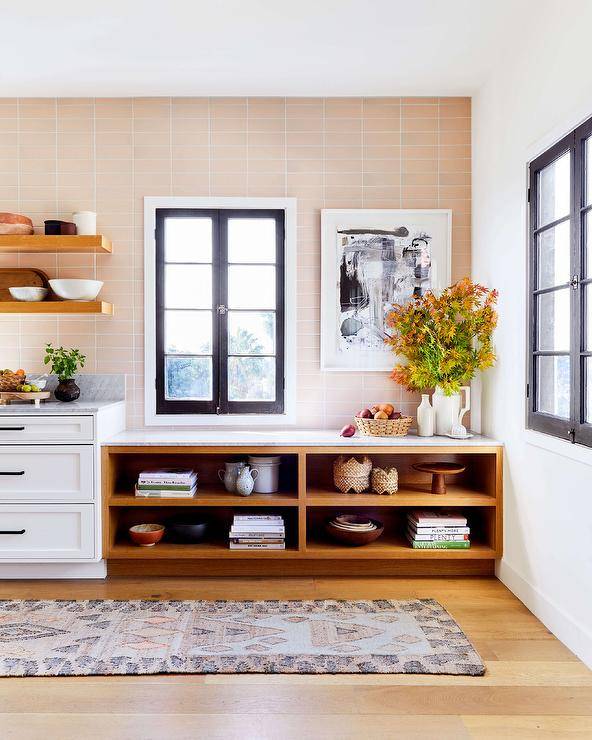
While open shelving can add a decorative touch to a kitchen or living space, it may not be the most practical choice for everyone. Closed cabinets offer a variety of benefits that open shelving does not. Here are some reasons why you should consider closed cabinets over open shelving:
- Reduced Clutter: Closed cabinets offer a sleeker look that can reduce the clutter in your home. With everything stored behind doors, you don’t have to worry about constantly arranging items to look presentable.
- Protection from Dust and Dirt: Open shelving is more prone to dust and dirt build-up, as well as exposure to the elements. Closed cabinets offer protection from these intrusions, keeping your items cleaner and in better condition.
- Hides Unattractive Items: Not everyone has a set of dishes that looks like it came straight out of a magazine. Closed cabinets offer the ability to hide items that aren’t as visually appealing while still keeping them within easy reach.
- Improved Safety: Open shelves can be a safety hazard, especially if you have small children or pets. Items can easily be knocked off and broken or even cause injury. Closed cabinets offer an added level of safety, keeping your belongings secure and reducing the risk of accidents.
Overall, closed cabinets offer a more practical solution for storage in most settings. They keep your items clean, organized, and safe while also offering a sleek and modern look. So, the next time you’re considering open shelving, think twice and opt for closed cabinets instead.

Mixed Metals
Mixing metals can be a great way to add visual interest to a kitchen, but it can also quickly become overwhelming. Stick to one or two metals for a cohesive look.
When it comes to designing your kitchen, mixing metals can be a great way to add some visual interest and personality to the space. However, it’s important to use this design technique carefully, as it can easily become overwhelming if you’re not careful.
To make the most of mixing metals in your kitchen, here are some tips to keep in mind:
- Stick to one or two metals: While it can be tempting to use every metal finish you come across, using too many can quickly create a cluttered and chaotic look. Instead, try to stick to one or two metals that complement each other and fit in with the overall style of your kitchen.
- Use a dominant metal: To keep your mixed metal design looking cohesive, consider choosing one metal finish to be the dominant one. This could be the metal finish used for your light fixtures, cabinet hardware, or even your appliances. By having one metal that’s used more prominently, you can create a sense of unity and balance in your kitchen.
- Consider the undertones: When choosing metal finishes, it’s important to consider the undertones of each one. Some metals, like gold and brass, have warm undertones, while others, like chrome and silver, have cooler undertones. By choosing metals with similar undertones, you can create a harmonious and cohesive mix.
- Don’t forget about texture: Mixing metals isn’t just about using different finishes, it’s also about incorporating different textures. Consider using a brushed metal finish alongside a shiny one or a hammered metal finish alongside a smooth one. Adding texture to your mixed metal design can create depth and interest in your kitchen.
By following these tips, you can create a beautiful and cohesive mixed metal design in your kitchen that adds personality and visual interest without overwhelming the space.
Over-the-Top Lighting
While lighting is important in a kitchen, over-the-top lighting can quickly become overwhelming. Stick to a few statement pieces that will provide both form and function.

To achieve a well-lit and comfortable space in your kitchen, it’s important to find a balance between functionality and aesthetics. Here are some tips to avoid over-the-top lighting and create a beautiful ambiance in your kitchen:
- Determine the purpose of the lighting: Before purchasing any lighting fixtures, think about the primary function of each area in your kitchen. For example, task lighting is essential for areas where food is prepared and cooked, while ambient lighting can create a warm and welcoming atmosphere for dining and entertaining.
- Choose the right fixtures: Once you’ve identified the purpose of the lighting, you can choose fixtures that are both functional and stylish. Pendant lights are a popular choice for kitchen islands and dining areas, while recessed lights can provide subtle illumination for workspaces and storage areas.
- Consider the placement: The placement of your lighting fixtures is just as important as the type of fixture you choose. For example, pendant lights should be hung at a height that allows for comfortable conversation and clear sightlines, while under-cabinet lighting can provide essential task lighting without being too harsh.
- Don’t forget about dimmer switches: Installing dimmer switches can give you greater control over the mood and intensity of your kitchen lighting. This is especially useful for entertaining or creating a cozy ambiance during meal times.
By following these tips, you can create a well-lit and inviting space in your kitchen without going overboard on lighting. Remember to prioritize functionality and choose fixtures that complement your overall design aesthetic.
Excessive Tile
While tile can be a great way to add visual interest to a kitchen, too much tile can quickly become overwhelming. Stick to one or two focal points, such as a backsplash or an accent wall.
Another way to avoid excessive tile is to choose a neutral color palette. This can create a more cohesive and visually pleasing look in the kitchen. In addition to the color, the size and shape of the tile can also impact the overall aesthetic. Large tiles can make a space feel more open and spacious, while smaller tiles can create a more intricate and detailed look.
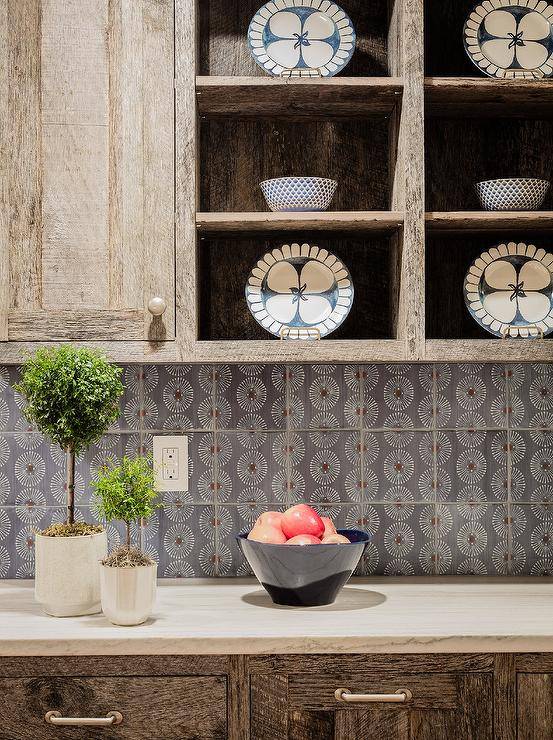
When selecting tile, consider the durability and maintenance required. Natural stone tiles, such as marble or granite, may require more upkeep than ceramic or porcelain tiles. It’s also important to consider the overall style and design of the kitchen when selecting tile. For a modern and sleek look, consider using glass tiles or metallic accents. For a more traditional style, opt for classic subway tiles or patterned mosaics.
Over-the-Top Range Hoods
While range hoods are important in a kitchen, over-the-top designs can quickly become overwhelming. Stick to designs that are both functional and visually appealing.
Here are some things to consider when choosing a range hood design:
- Size: Make sure the hood is the appropriate size for your stove. A range hood that is too small won’t effectively remove smoke and odors, while one that is too large can overpower the room.
- Material: Range hoods come in a variety of materials, such as stainless steel, copper, and glass. Consider the style of your kitchen and choose a material that complements it.
- Ventilation: Determine if your kitchen has proper ventilation to accommodate the range hood. If not, you may need to install additional ductwork, which can add to the overall cost.
- Noise: Range hoods can be noisy, so consider a model with a low decibel rating if noise is a concern.
- Lighting: Many range hoods come with built-in lighting, which can be both functional and aesthetically pleasing. Consider the type of lighting and brightness level that would work best in your kitchen.
Remember, while a range hood may seem like a small detail in your kitchen design, it plays an important role in maintaining air quality and keeping your home free of smoke and cooking odors. Choose a design that is both functional and visually appealing to create a cohesive and inviting space.
Heavy Countertops
While heavy countertops may look great, they can be a nightmare to install and replace. Stick to lighter materials that will be easier to work with.
Here are some more things to consider when choosing a countertop material:
- Durability: Make sure the material you choose can withstand the wear and tear of daily use. Some materials, such as granite and quartz, are highly durable and resistant to scratches and stains.
- Maintenance: Different materials require different levels of maintenance to keep them looking their best. For example, natural stone countertops need to be sealed regularly to prevent stains and damage.
- Cost: Countertop materials can vary greatly in price, so it’s important to choose one that fits within your budget. Keep in mind that more expensive materials may be more durable and require less maintenance, so they could save you money in the long run.
- Appearance: Of course, you want your countertops to look great! Consider the overall style and color scheme of your kitchen when choosing a material. Some materials, such as marble, have a classic, timeless look, while others, such as concrete, have a more modern, industrial feel.
- Eco-friendliness: If sustainability is important to you, look for materials that are environmentally friendly. Some options include recycled glass, bamboo, and reclaimed wood.
By weighing these factors and considering your personal preferences, you can choose a countertop material that not only looks great but also meets your practical needs and budget.
Over-the-Top Islands
While islands can be a great addition to a kitchen, over-the-top designs can quickly become overwhelming. Stick to designs that are both functional and visually appealing.
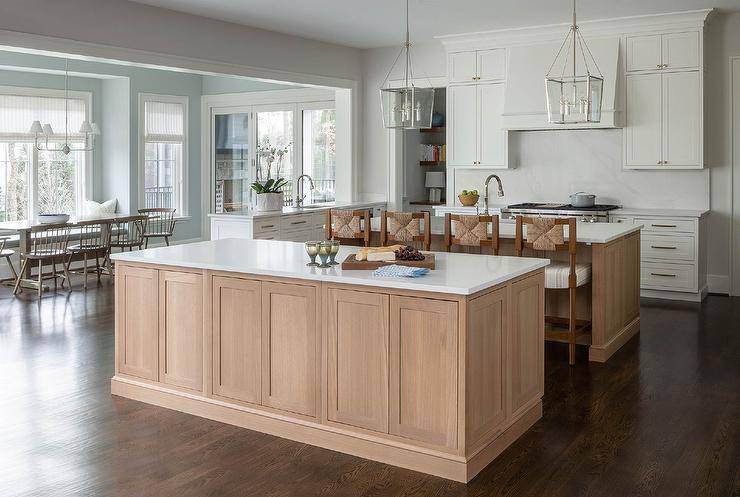
Here are some tips to help you design a functional and visually appealing kitchen island:
- Determine your kitchen space: Before designing your kitchen island, it’s important to measure your kitchen space and determine how much room you have to work with. This will help you choose an appropriate size and shape for your island.
- Choose a functional layout: Consider how you will use your kitchen island. Will it be used for cooking, dining, or both? This will help you determine the best layout for your island. For example, a U-shaped or L-shaped island can provide ample counter space for cooking, while a rectangular island can be used for dining.
- Select the right materials: Choose materials that are both durable and visually appealing. Granite, quartz, and marble are popular choices for kitchen island countertops, while wood and stainless steel are common materials for the base.
- Incorporate storage: Make sure your kitchen island has plenty of storage space. This can include cabinets, drawers, and shelves. This will help keep your kitchen organized and clutter-free.
- Add seating: If you plan on using your kitchen island for dining, consider adding seating. This can be in the form of bar stools or a built-in bench.
While it’s important to have a kitchen that we love and enjoy, not all kitchen upgrades turn out to be good ones. Stick to classic designs and materials that will stand the test of time, and avoid over-the-top designs that can quickly become overwhelming. With a little planning and research, you can create a kitchen that you’ll love for years to come.

